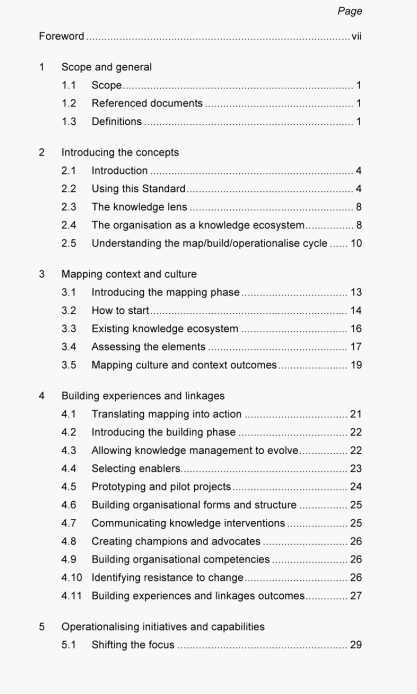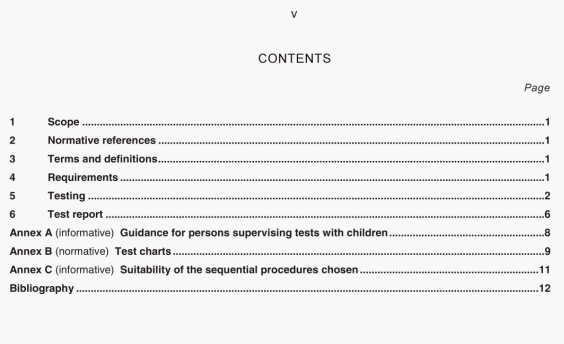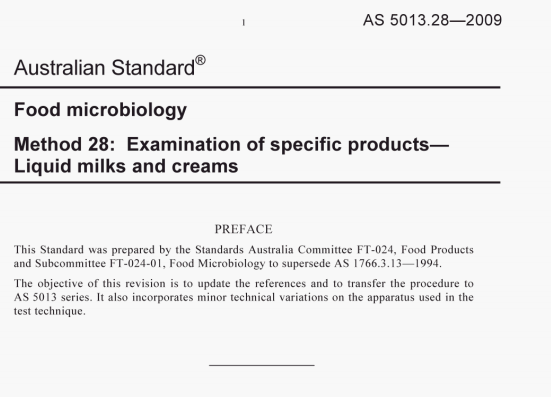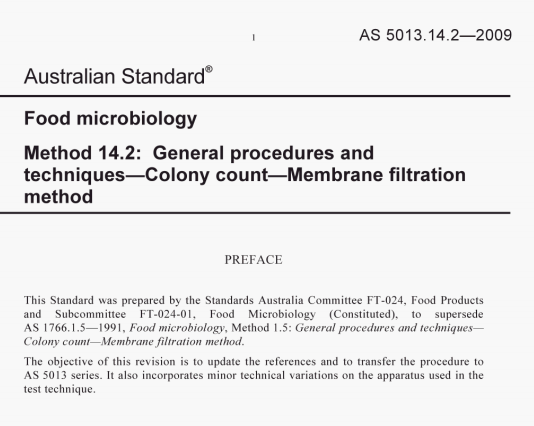Abstract: AS 4276.23:2016 pdf download.Water microbiology Method 23: Soils, sediments, sludges, slurriesand bio-solids-—Procedures for sample preparation. 3.3 Cell calibrator equivalent (CCE) A quantity of nucleic acid equivalent to a cell. Obtaine...
AS 4276.23:2016 pdf download.Water microbiology Method 23: Soils, sediments, sludges, slurriesand bio-solids-—Procedures for
sample preparation.
3.3 Cell calibrator equivalent (CCE)
A quantity of nucleic acid equivalent to a cell. Obtained by calibration studies using nucleic acid-based techniques.
3.4 Homogenate
A preparation of the sample that has been made uniform or similar in composition by the mixing or blending of unlike components of the sample.
3.5 LImit of detection (LoD)
The lowest quantity otan analyte that can he distinguished from the absence of that analyte (a blank value or negative control)
a stated confidence limit.
3.6 Matrix
Matrix refers to the components of a sample other than the analyte of interest. The matrix can have a considerable effect on the
way the analysis is conducted and the quality of the results obtained.
3.7 Measurand
The quantity per unit of the analyte intended to be measured. For example. most probable
number of E. coil per gram’ is a measurand.
3.8 Saniple
A limited quantity of a product that is intended to he similar to and represent a larger amount of that same product.
3.9 Sediment
Solid fragmented material, such as silt, sand, gravel, chemical precipitates and organic particles, transported and deposited by
water, ice, or wind and which has settled to the bottom of liquid suspension. Sediments are typically saturated or semi-saturated.
3.10 Sludge
Soft, thick material produced from the accumulation of solids in a variety of industrial processes such as chemical coagulation,
flocculation and sedimentation during wastewater treatment. Sludges are otherwise untreated and have generally’ higher water
content than biosolids (typically <25% solids).
Recommended:



